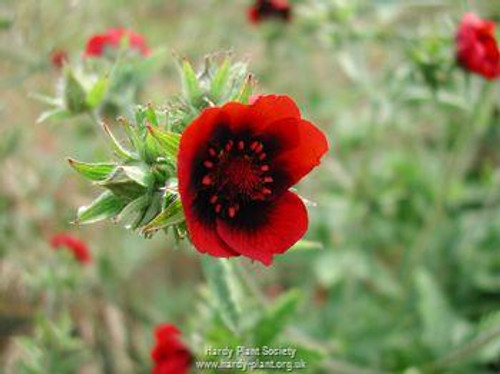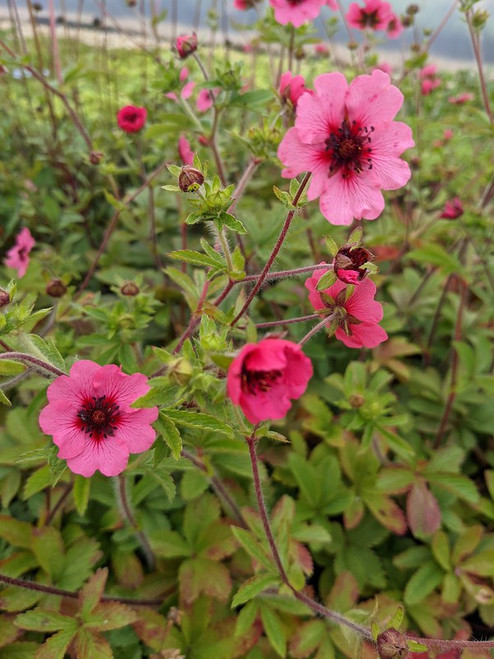Plant Overview
This is the true British Native Bluebell, not to be confused with the more widely offered Spanish Bluebell (which quickly become a weed in gardens and a menace in the wild). These potted bluebells can be planted at any time of year, either into the ground or in containers.
Bluebells appear in ancient woodlands and along woodland edges in April and May and are one of the ancient woodland indicator species. They are easy to grow in gardens, growing best either from potted bulbs, or bulbs 'in the green'. Their early flowering allows them to make the most of the sunlight that is still able to make it to the forest floor habitat, before the canopy becomes too thick. Grow under deciduous trees and shrubs for best effect.
Will gradually spread to form a carpet.
You are buying Bluebells growing in a 9cm pot, not dry bulbs.
Anemone nemorosa's flowering period overlaps with native Bluebells and they look wonderful planted together.
Height: 25cm
Common names: Common bluebells, English bluebells, British bluebells, Wood bells, Fairy flowers, Wild hyacinth, Auld man's bell, Bell bottle, Blue bonnets, Bummuck, Calverkeys, Granfer-grigglesticks, Locks and Keys, Pride of the woods, Ring o' bells.
Myth and Legend
Traditionally you can make a wish when you see the first bluebell open in spring.
It is said that if you turn a bluebell flower inside out without tearing it, you will win the heart of the one you love.
To ensure good luck, you should pick a bluebell and conceal it in your shoe, saying:
Bluebell, bluebell, bring me some luck,
Before tomorrow night.
To dream of bluebells is an ill omen as it indicates that you will have a nagging spouse.
In Scotland, there is a legend that if you hear the Bluebell ring it is ringing your death knell and you will die shortly afterwards. Consequently one of the local names in Scotland is 'Death Bell'. I shouldn't let that put you off growing it though!
Bluebell is the birthday flower of 30 September.
POISONOUS IF INGESTED
Note: It is illegal to lift Bluebells for trade without a license. Our bluebell bulbs are supplied to us by a trusted British grower who carefully selects and lifts bulbs under license and they are then grown on in pots by us.
Photo 1: MichaelMaggs, CC BY-SA 3.0, via Wikimedia Commons
Photo 2: © User:Colin / Wikimedia Commons













